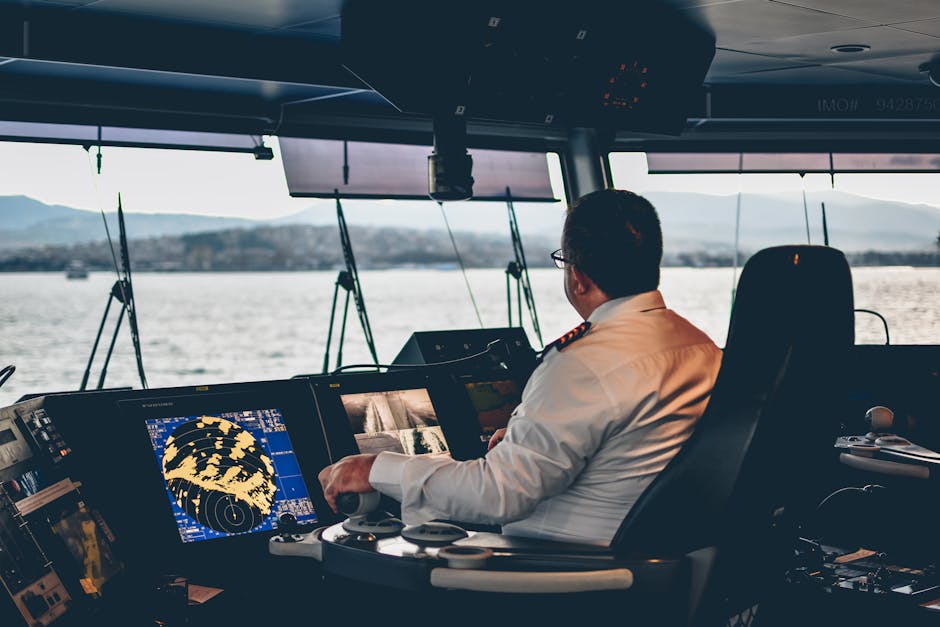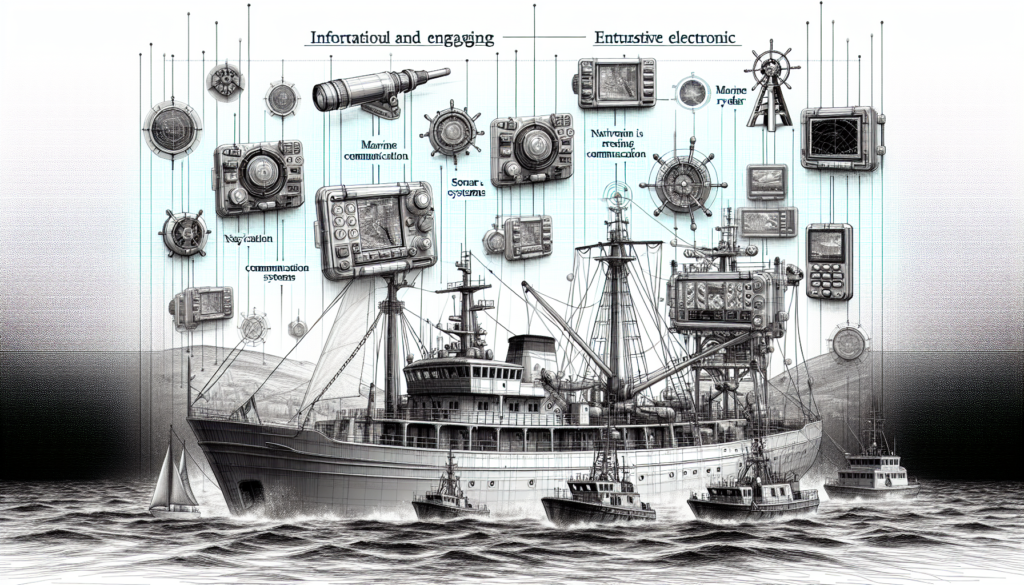Exploring the Depths of Marine Electronics: Navigating the Future of Seafaring
Welcome aboard, fellow sailors and sea enthusiasts! Today, we embark on a thrilling voyage into the world of marine electronics, a realm where cutting-edge technology meets the vast expanse of the ocean. From navigation systems to communication devices, marine electronics play a critical role in ensuring the safety, efficiency, and success of maritime operations. Join us as we delve deep into the intricate web of gadgets, sensors, and systems that power modern-day seafaring.
The Evolution of Marine Electronics
Before we plunge into the details of contemporary marine electronics, let’s take a step back in time to explore the evolution of these crucial tools. Dating back to the early days of seafaring, sailors relied on simple instruments like compasses, astrolabes, and sextants to navigate the treacherous waters. As technology advanced, the marine industry saw the emergence of more sophisticated devices such as radar systems, sonar equipment, and GPS trackers. Today, the integration of satellite communication, artificial intelligence, and IoT (Internet of Things) has revolutionized the way ships operate and communicate at sea.
The Role of Marine Electronics in Navigation
One of the primary functions of marine electronics is to facilitate navigation at sea. From plotting courses to avoiding hazards, electronic navigation systems are essential for ensuring the safe passage of vessels. GPS (Global Positioning System) has become the gold standard for accurate positioning, allowing ships to pinpoint their location with unparalleled precision. In addition to GPS, radar systems, AIS (Automatic Identification System), and ECDIS (Electronic Chart Display and Information System) are commonly used to enhance situational awareness and prevent collisions.

Communication Technologies in Maritime Operations
Effective communication is crucial for the success of any maritime operation, whether it involves coordinating ship movements, relaying weather updates, or requesting assistance in case of emergencies. Marine electronics encompass a wide range of communication technologies, including VHF (Very High Frequency) radios, satellite phones, and GMDSS (Global Maritime Distress and Safety System) equipment. These systems enable seamless communication between ships, shore stations, and rescue authorities, ensuring swift response in times of crisis.
Automation and Robotics in Marine Electronics
The integration of automation and robotics has transformed the landscape of marine electronics, offering unprecedented levels of efficiency and safety. Autonomous vessels equipped with AI-powered systems can perform complex tasks like route planning, collision avoidance, and cargo handling with minimal human intervention. Underwater drones and ROVs (Remotely Operated Vehicles) are used for seabed exploration, pipeline inspection, and salvage operations, pushing the boundaries of marine technology to new heights.

Environmental Monitoring and Conservation
As concerns about climate change and ocean pollution continue to rise, marine electronics are playing an increasingly vital role in environmental monitoring and conservation efforts. Sensors and data loggers are used to gather real-time data on water quality, marine biodiversity, and weather patterns, allowing scientists to track environmental changes and implement conservation measures. From acoustic monitoring of marine mammals to satellite imaging of coral reefs, technology is instrumental in safeguarding our oceans for future generations.
The Future of Marine Electronics: Trends and Innovations
Looking ahead, the future of marine electronics is filled with exciting possibilities and groundbreaking innovations. Advancements in sensor technology, AI algorithms, and cloud computing are poised to revolutionize the way ships navigate, communicate, and operate at sea. From the development of autonomous cargo ships to the use of blockchain technology for secure data transmission, the maritime industry is on the cusp of a digital transformation that promises to reshape the seascape in the years to come.
Expert Opinions: Perspectives from Industry Leaders
We had the privilege of speaking with several industry experts to gain insights into the current state and future direction of marine electronics. According to Captain John Smith, a seasoned maritime professional with over 20 years of experience, “The integration of advanced technologies like AI and IoT has brought about a paradigm shift in the way we navigate and manage ships. As we embrace digitalization, the need for skilled personnel who can harness the power of these tools becomes increasingly critical.”
Common Misconceptions About Marine Electronics
Despite their importance, marine electronics are often shrouded in misconceptions and myths. One common misconception is that electronic navigation systems are infallible and can replace traditional seamanship skills. While technology has certainly made navigation more precise and efficient, it is essential for mariners to maintain a solid understanding of fundamental navigation principles to ensure safe passage at sea.
Conclusion: Charting a Course for the Future
As we bring our exploration of marine electronics to a close, it is evident that these sophisticated tools are the backbone of modern maritime operations. From navigation aids to communication devices, automation systems to environmental sensors, marine electronics have revolutionized the way we navigate, communicate, and protect our oceans. As we sail into the future, let us harness the power of technology to safeguard our seas, promote sustainability, and ensure the continued prosperity of the maritime industry. Bon voyage!
To wrap things up, marine electronics are more than just gadgets and systemsthey are the lifeline that connects seafarers to the vast blue expanse of the ocean. Let us cherish and embrace the marvels of technology as we embark on new horizons and navigate the ever-changing tides of the maritime world.



